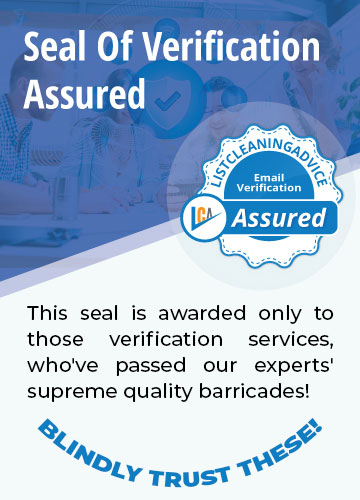Do you people can help me to know the email security protocols used to protect them, and how does this process work to secure the emails? It's exciting for me to understand the technical things and deep-dive in it. It makes me curious and happy to know how the whole system works.
1 Answers
Email security protocols are essential to protect your email from being hacked. There are several different email security protocols that you can use to protect yourself.
The most common email security protocol is the use of a secure password. When creating a new password, ensure it is at least eight characters long and includes both letters and numbers. You should also make sure that you do not use the same password for multiple websites or accounts. You can also use a password manager to help you keep track of all your passwords.
Let's examine the following email security measures and how they contribute to email security.
SSL/TLS for HTTPS: SSL/TLS is a secure protocol that uses certificates to create an encrypted link between your computer and the website you are visiting. This ensures that any information you send will be private and secure. SSL/TLS can also help protect against data interception, which means that your messages will stay confidential even if they are intercepted while in transit.
SPF: SPF is the simplest and most common email security protocol. It helps identify and block emails from spoofed domains. SPF also checks the domain of the sender against a list of authorized senders.
DKIM: DKIM stands for DomainKeys Identified Mail. DKIM is a method of verifying the integrity of email messages. Email providers can use DKIM to verify that sent messages were actually generated by their own servers and not modified in transit. This helps to protect against email spoofing, in which an attacker may misrepresent themselves as being from a trusted source.
DMARC: When message authentication fails under SPF and DKIM, Domain-based Message Authentication, Reporting, and Conformance (DMARC) provides mechanisms for notification and mandating actions like what actions should be taken against the spam.
PGP/OpenPGP: PGP/OpenPGP is one of the most common encryption schemes used in email. PGP is a software program that can be used for encrypting/decrypting emails. OpenPGP is a standard for secure messaging that uses PGP. OpenPGP requires that both sender and recipient have PGP software installed on their computers.



